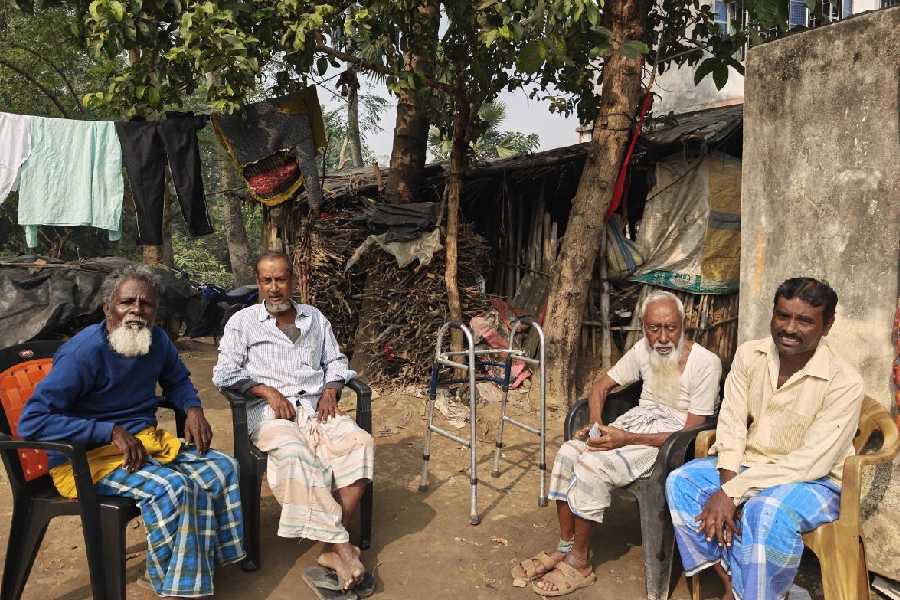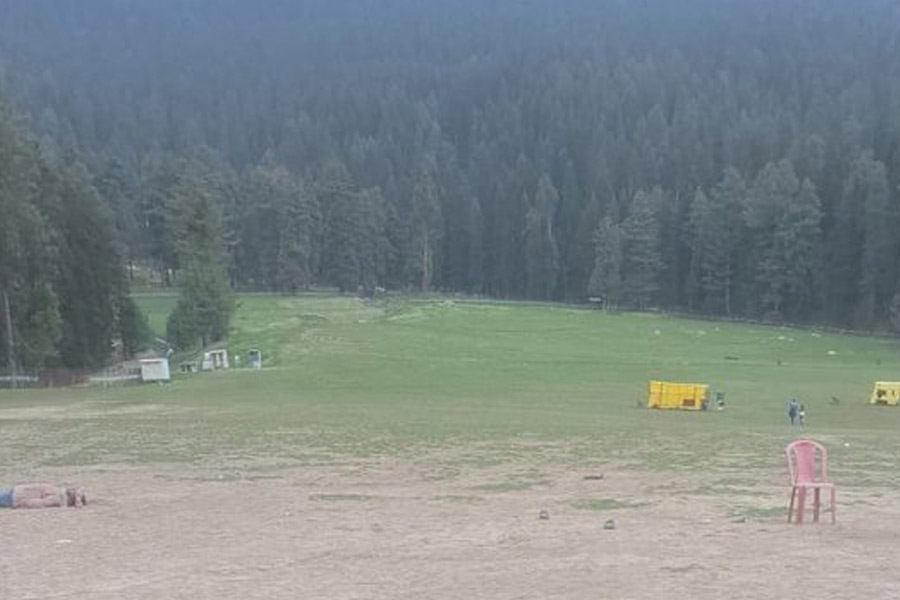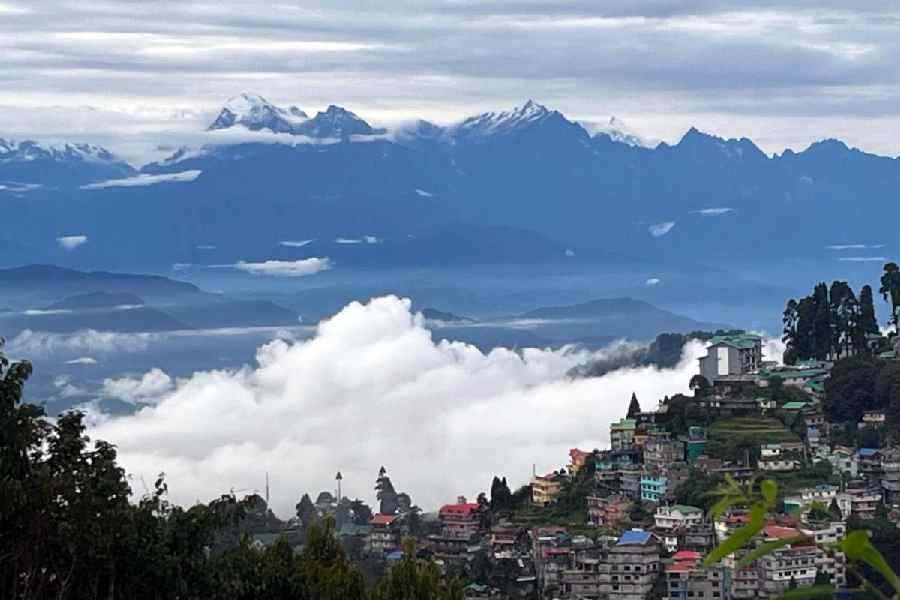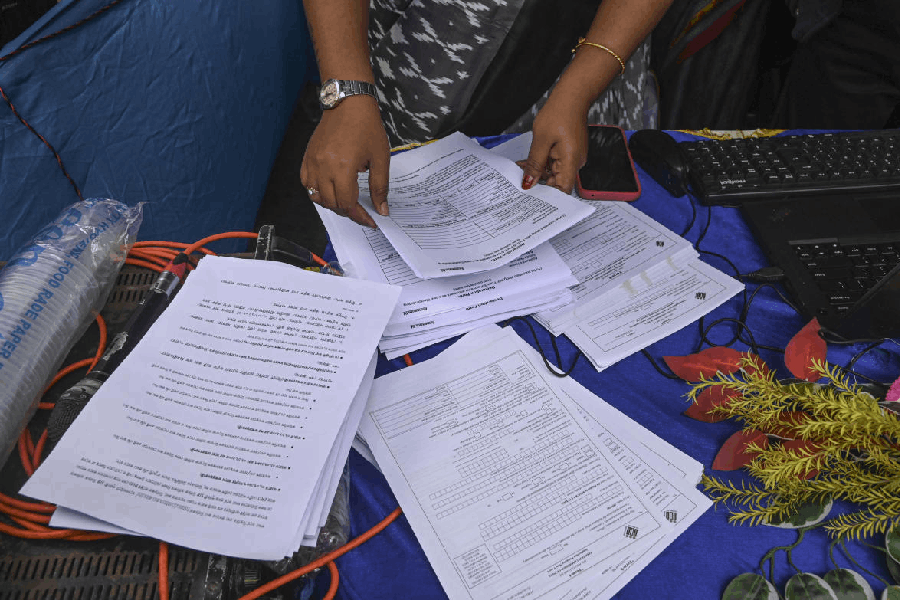The mass nesting of the endangered Olive Ridley turtles has begun. This year it was first noticed in the four-kilometre-long Dynamic beach along the Rushikulya river in Ganjam district, bringing relief and joy to environmentalists.
Last year, the Olive Ridleys skipped the beach along the Rushikulya river for mass egg laying. Only the sporadic nesting of 1,500 Olive Ridleys was witnessed. “Last year they came to Odisha but avoided mass nesting at Rushikulya in Ganjam. So far, 91,000 Olive Ridleys have laid their eggs here.” Divisional Forest Officer (DFO) Berhampur Sunny Khokar told The Telegraph.
Khokar said, “It’s yet to be ascertained why the Olive Ridleys skip an area and move to other areas. Sometimes nature and the environment play a great role. Last year, there was rainfall. This year, the atmosphere is conducive for laying eggs.”
Thousands of turtles wTo ensure that no eggs are lost, the administration has declared a 20-kilometre area near the mass nesting site as a “no entry zone.”
In many places, the government has made barricades along the coastal area for the protection of the Olive Ridleys. The authorities have requested the civic bodies and industrial houses to switch off the street lights during the mass nesting period to ensure that the turtles nest smoothly.
The Odisha government has decided to conduct a satellite telemetry study of the journey of Olive Ridley turtles, with the help of the Wild Life Institute of India (WII).
During the mass nesting, the turtles will be tagged with the help of the WII. The researchers put metal flippers on the turtles with a specific number on them. These are uniquely numbered manual tags and are attached to the GPS-enable tags.
The state government will conduct underwater videography of the Olive Ridleys to understand their life cycles. This videography will help the authorities study their movement inside the water bodies and change the locations where they lay eggs.











